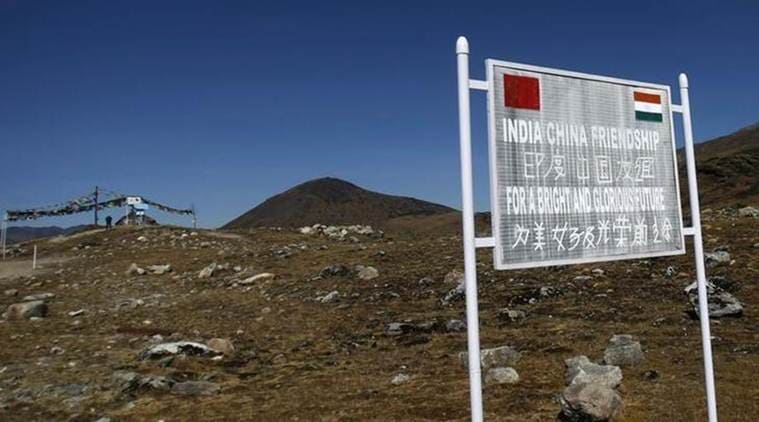
The Indian Express
Amid tensions at LAC, China says situation at India border ‘stable and controllable’
"We are committed to safeguarding our territorial sovereignty and security, and safeguarding peace and stability in the border areas. We are capable of resolving the issues properly though dialogue and consultation," China's Foreign Ministry spokesman said.
by Express Web DeskA day after Prime Minister Narendra Modi held a meeting with National Security Advisor Ajit Doval and Chief of Defence Staff General Bipin Rawat regarding the tensions with China along the Line of Actual Control (LAC) in Ladakh, Beijing on Wednesday said the situation at the border with India was “overall stable and controllable”.
China’s Foreign Ministry spokesman Zhao Lijian, during a media briefing, also said both the countries had proper mechanisms and communication channels to resolve the issues through dialogue and consultation.
“We are committed to safeguarding our territorial sovereignty and security, and safeguarding peace and stability in the border areas. Now the China-India border area situation is overall stable and controllable. We are capable of resolving the issues properly though dialogue and consultation,” PTI quoted Lijian as saying.
The Foreign Ministry’s remarks come a day after President Xi Jinping ordered the military to scale up battle preparedness and asked it to resolutely defend the country’s sovereignty.
“We have been following the important consensus reached by the two leaders and strictly observing the agreements between the two countries,” the spokesman said, apparently referring to the Wuhan and Mamallapuram informal summits between the two leaders.
On the way ahead in escalating tensions, Zhao said the two countries had established border related mechanisms and diplomatic channels. “This includes the communication between border troops and between our diplomatic missions,” he said.
The latest standoff erupted after Indian and Chinese troops came to blows near Pangong Tso, a lake in eastern Ladakh, earlier this month. Since then, there has been no scaling down of tensions on the LAC in eastern Ladakh, with India matching the Chinese with its deployment of man and material.
In Ladakh, at least six rounds of talks have been held between Indian and Chinese military commanders on the ground but have failed to achieve a breakthrough. Sources said the Chinese, who crossed the LAC at three places, have refused to move out of Indian territory or de-escalate the tensions. In Galwan valley, the Chinese have massed troops on their side of the LAC.
Sources said the Army had increased its presence on the boundary with China in North Sikkim, Arunachal Pradesh, along with Ladakh. Fresh induction of troops, sources said, has taken place in Ladakh to strengthen Indian positions and create reserves.
The Army has also increased its presence along the boundary with China in Uttarakhand — part of the middle sector — following reports that Chinese troops have been deployed in increased numbers in the Guldong sector.
Besides tensions at Naku La in Sikkim and at Galwan river and Pangong Tso in Ladakh, Indians have been worried about the Nepal government’s recent behaviour on the border map issue. Army Chief General MM Naravane recently said that Nepal was doing it at “the behest of a third party,” ostensibly referring to China.